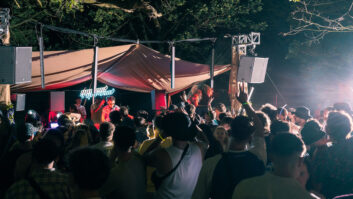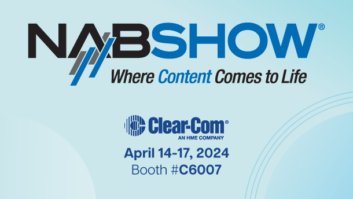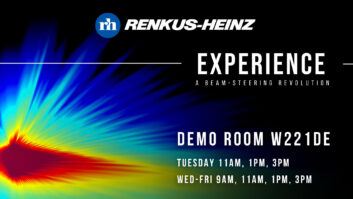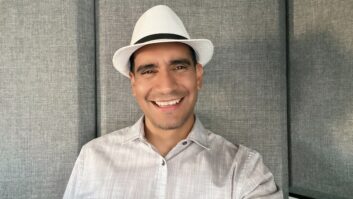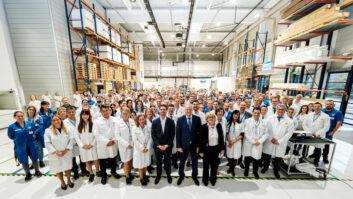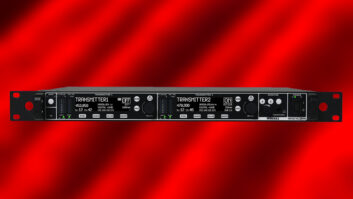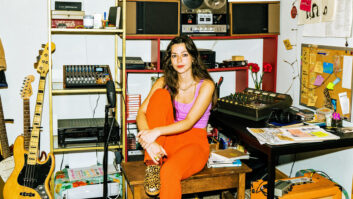The Four Domes Pavilion in Wrocław, Poland is a historic building offering visitors a view into the art of 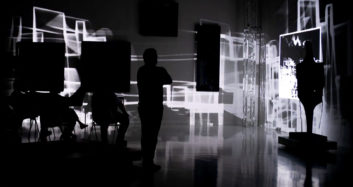 today. Built in 1921, the pavilion serves as home to the Museum of Contemporary Art branch of Poland’s National Museum. The collection is one of Poland’s most cherished – housing more than 20,000 paintings, drawings, sculptures, glasswork, ceramics, photography, and conceptual works.
today. Built in 1921, the pavilion serves as home to the Museum of Contemporary Art branch of Poland’s National Museum. The collection is one of Poland’s most cherished – housing more than 20,000 paintings, drawings, sculptures, glasswork, ceramics, photography, and conceptual works.
Also part of the collection is an immersive multimedia component leveraging cutting edge A/V technologies – and supported at its core by Renkus-Heinz’ powerful audio solutions.
The “See it, hear it, touch it” multimedia screenings at the museum offer an integrated approach to experiencing art. Components considered traditional to art museums – framed paintings and statues – are augmented using projections, light and sound. The museum’s stated goal of the space is to utilize brilliant lighting, stunning imagery and powerful sound systems – and in turn offer visitors an awakening of all their senses. Key to that awakening is the immersive audio.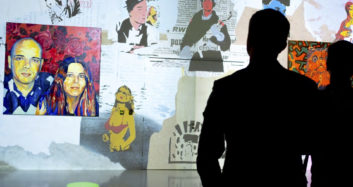
“We have set up a Renkus-Heinz system in a room with sensors that trigger set experiences depending on where the listener is in the exhibition,” said Paweł Francuz, Product Manager at M.Ostrowski integration firm, which provided the system at the museum. “This provides an experience that connects with the same impact as the visual side of things.”
The installation includes 48 Renkus-Heinz CA81-RD point source loudspeakers and two Renkus-Heinz CA118S-RD subwoofers. All of the components are painted white to blend in with the aesthetic of the space.
Utilizing Renkus-Heinz in the installation allows the museum to leverage the power of the company’s cutting-edge technologies – in this case, the Complex Conic constant directivity waveguide design, which ensures consistent coverage across the exhibit space. When coupled with full Dante networking capabilities, RHAON II control and monitoring, the system offers unrivalled performance and flexibility advantages.
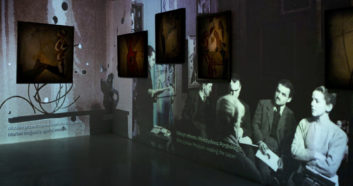 In the Four Domes Pavilion, the loudspeakers are positioned on the side walls and the ceiling to create an impressively dense grid of sound sources. The number of sources and the distance in between them was carefully designed to provide the expected immersive experience.
In the Four Domes Pavilion, the loudspeakers are positioned on the side walls and the ceiling to create an impressively dense grid of sound sources. The number of sources and the distance in between them was carefully designed to provide the expected immersive experience.
“It’s a pure joy to be in the room where the Renkus-Heinz system is deployed,” said Francuz. “High-quality sound and the best immersive experience was our goal. We achieved it thanks to the Renkus-Heinz offerings.”
With 50 loudspeakers in one room, environmental aspects had to be considered as well. The Renkus-Heinz loudspeakers have passive cooling and smart energy control that allows them to run silently while consuming very little to no energy on stand-by. One CA81-RD loudspeaker consumes as little as 3.5 W on idle.
The SA amplifiers at the heart of Renkus-Heinz’ self-powered products utilize True Digital Class D Technology, eliminating the need for negative feedback in the amplifier output and removing time-domain distortions associated with typical Class D designs. The DSP amplifier converts the PCM input data directly to PWM data that drives the output stage. All of those benefits combine to offer the highest level of consistency, reliability, and audio quality to the end-user.
The self-powered Renkus-Heinz loudspeakers also use Audinate’s Dante for AV-over-IP connectivity and are driven by a Barco Iosono 3D sound processor, which outputs 50 independent channels. Once installed, programming was completed seamlessly through Dante and Renkus-Heinz’ RHAON II software, said Francuz.
“It’s a rewarding moment when configuring the system takes a few clicks rather than hours of rewiring signals to the speakers, bearing in mind there are 50 independently working loudspeakers,” said Francuz. “That saves a ton of time when commissioning the system. It allowed us to focus on the end-results from the moment the speakers were deployed.”
The result: a museum that can offer an immersive artistic experience to visitors.
“Everybody is very pleased with the end results,” said Francuz. “This is a perfect example of bringing the creatives of the world together with AV professionals and creating something truly extraordinary.”

